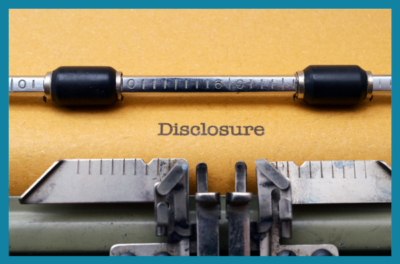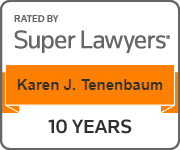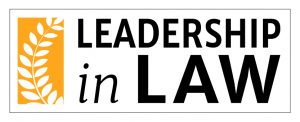How to Apply for the New York Voluntary Disclosure and Compliance Program

Step 1: Determine Your Eligibility: The program is available to individual and business taxpayers for all types of tax administered by the New York State Department of Taxation and Finance (DTF) including income, corporate and sales taxes. Generally, taxpayers are eligible if they failed to file tax returns or pay taxes in full to New York and are not already under audit or investigation and have not received a bill for the taxes. Additional requirements are set forth on the New York State website.
Step 2: Gather Your Records: You will need to compile income and expense records, bank statements, and other relevant financial documents to prepare your application. If you are missing records, you may need to request them from your employer, bank or other party.
Step 3: Calculate Outstanding Liabilities: Once you have gathered the necessary documentation, the next step is to calculate what you owe. Determine your income, expenses, deductions, and any applicable tax credits available to you. If needed, consult a tax professional for help. Note that if you failed to file a tax return for more than three years, you may wish to request a limited look-back period, which provides that you only have to file and pay taxes for the last three years (or six, in some cases). So, even if you haven’t filed and paid taxes for 10 years, your liability may be limited to 3 or 6 years. However, there is no limited look-back period for individuals found personally liable for certain business taxes or if the taxpayer committed fraud or tax evasion.
Step 4: Complete the Application: You can apply online. Have your completed tax return forms and supporting documentation ready, but do not submit your tax return until you receive an acceptance letter and Voluntary Disclosure agreement from the DTF. Your tax returns will be sent separately with your signed agreement.
Step 5: Await Review and Communication: After submitting your application and documentation, the DTF will need time to review your submission. The agency may reach out to you for additional information or clarification if needed. Be prepared to provide any requested documentation promptly and cooperate fully throughout the process.
Step 6: Resolve Outstanding Liabilities and Comply: If your disclosure is accepted, you must pay what you owe by lump sum payment or installment payment agreement or you will be in default. You will not be required to pay penalties, but interest will be charged on the amount you owe.
Applying for the New York Voluntary Disclosure and Compliance Program offers significant benefits but it can be a difficult process. It is advisable to consult a tax lawyer to guide you through the steps unless the amount you owe is minimal.
If you owe back taxes but the state has not discovered it, contact us to discuss your options.


